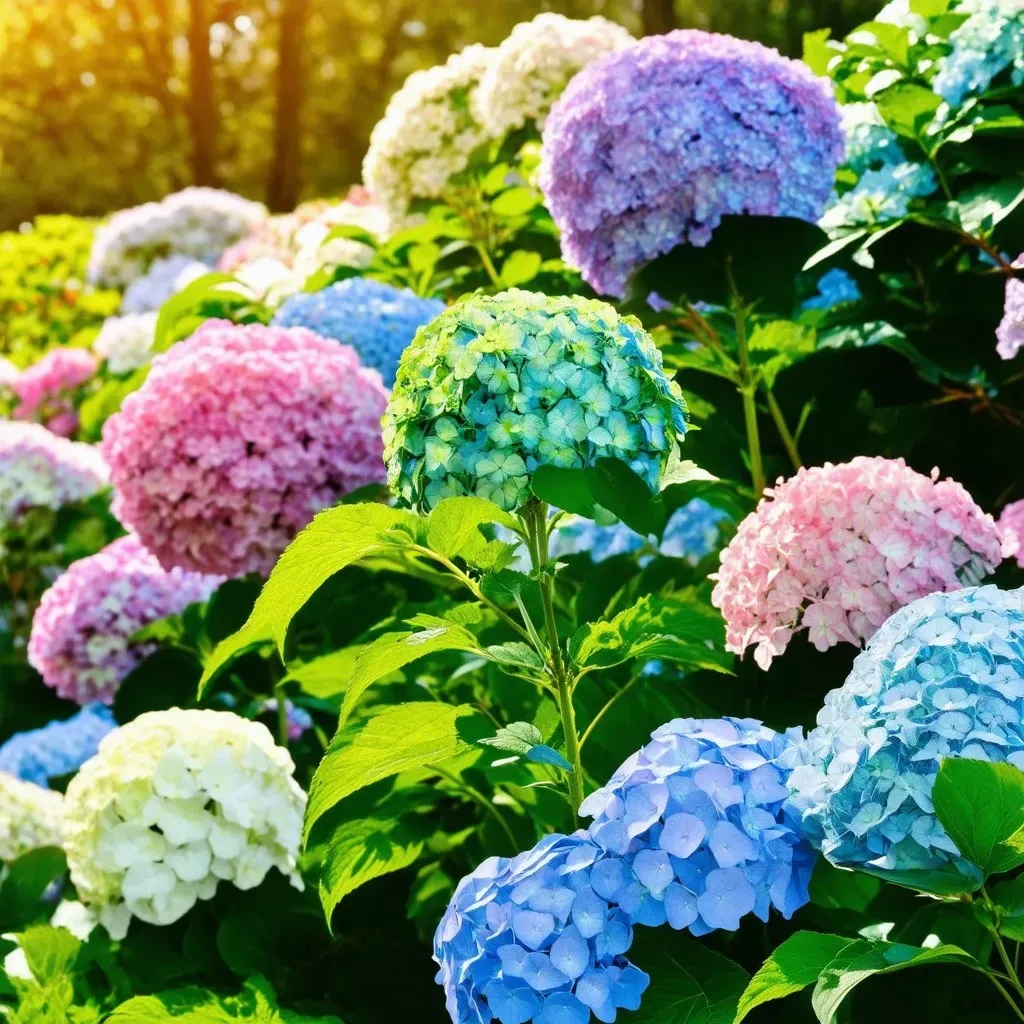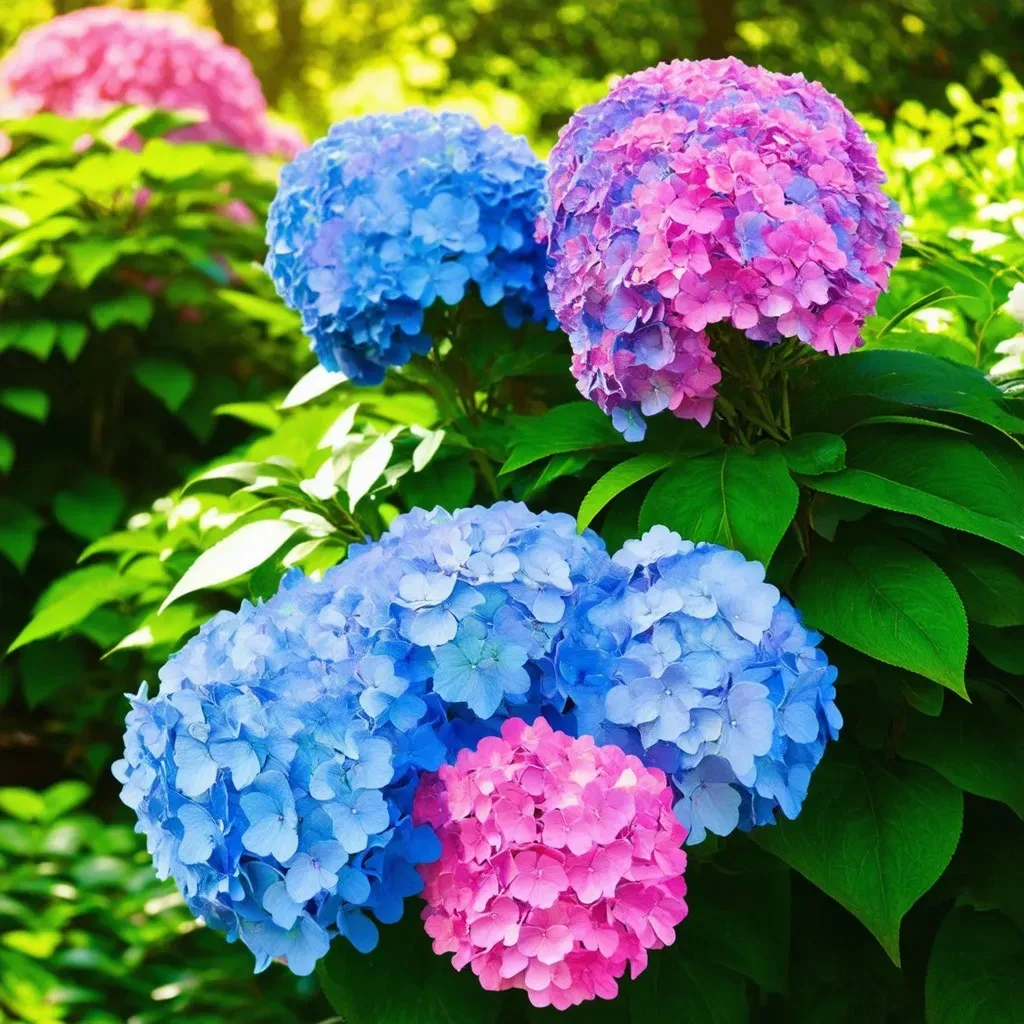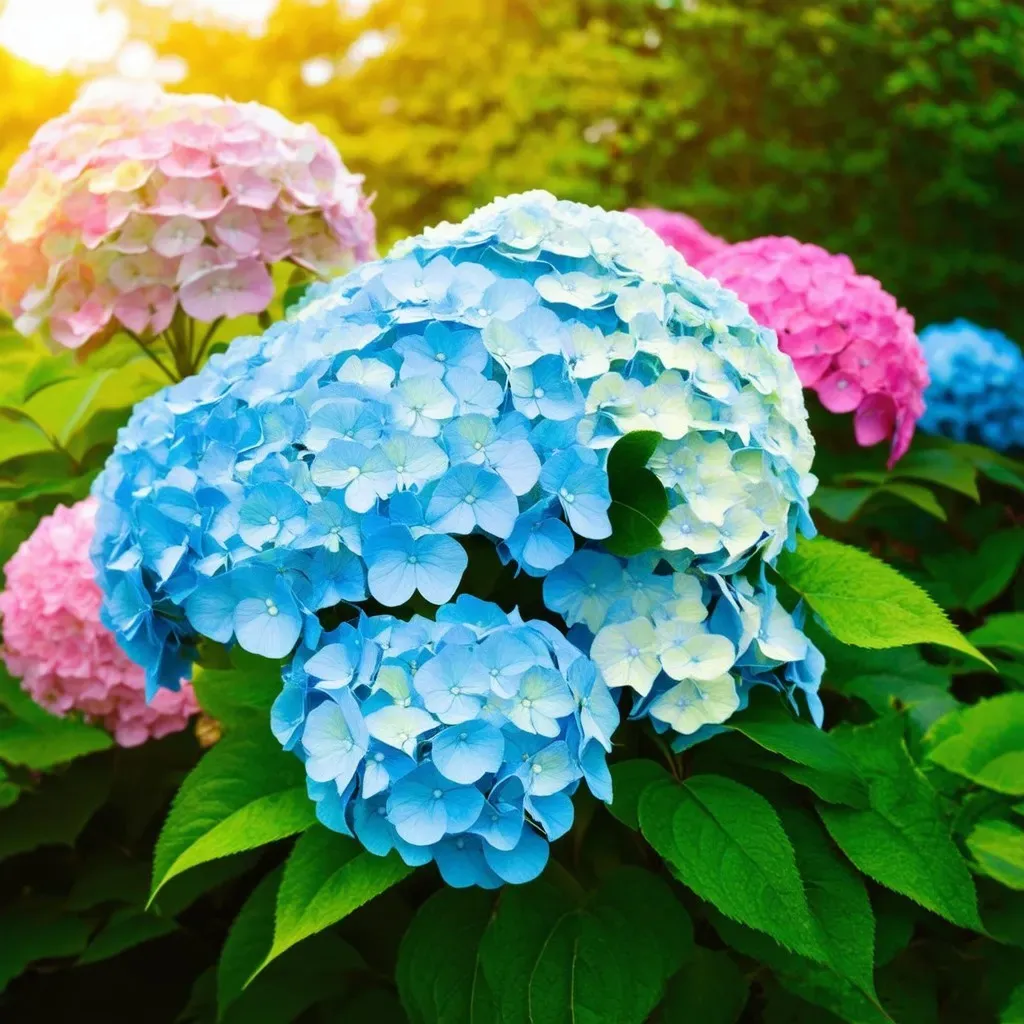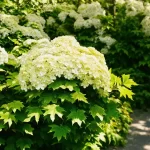Hydrangeas year round is the ultimate dream for garden enthusiasts and plant lovers alike. With vibrant blooms and lush foliage, hydrangeas have the potential to bring beauty and appeal to your garden throughout every season. As a perennial favorite, these exquisite flowering shrubs not only showcase stunning blossoms but also provide year-round interest and engagement for gardening aficionados.
Hydrangeas are a versatile group of flowering shrubs that can enhance any garden landscape, showing off their charm from spring through winter. Many varieties of hydrangeas bloom abundantly in spring and summer, with some even retaining their foliage during the winter months, thus offering visual appeal when most gardens look bare. The ongoing interest in hydrangeas arises from their adaptability in various climates and soils, making them a suitable choice for diverse gardens.
hydrangea-types/discover-the-alluring-types-of-hydrangeas-a-comprehensive-guide-to-hydrangea-varieties/">types of hydrangeas for Year-Round Interest
To maintain a vibrant garden year-round, it’s crucial to choose the right varieties of hydrangeas. Below is a list of some popular Hydrangea Types that bring charm throughout the seasons:
| Hydrangea Type | Bloom Time | Climate Zones | Unique Features |
|---|---|---|---|
| Bigleaf (hydrangea macrophylla) | Summer to Fall | 5-9 | Large blooms; color changes based on soil pH |
| Oakleaf (Hydrangea quercifolia) | Summer | 5-9 | Exquisite foliage; vibrant fall colors |
| Panicle (Hydrangea paniculata) | Summer to Fall | 3-8 | Cone-shaped blooms; hardy in various soils |
| Smooth (Hydrangea arborescens) | Summer | 3-9 | Strong and sturdy; reliable bloomer |
| Climbing (Hydrangea anomala) | Summer to Fall | 4-9 | Ability to cover walls and trellises |
These hydrangeas not only provide seasonal blooms but their foliage and structure can offer beauty during winter months as well.

Maintaining Year-Round Health for Hydrangeas
To enjoy hydrangeas year round, proper care is essential. Ongoing maintenance will result in flourishing shrubs with vibrant blooms:
- Soil Preparation: Start by choosing well-draining, fertile soil. If planting in the ground, incorporate organic matter, such as compost or peat moss, to improve soil structure.
- Watering Schedule: Hydrangeas need consistent moisture, particularly during dry spells. It is recommended to provide deep watering 1-2 times a week, ensuring that the soil stays moist but not waterlogged.
- Fertilizing: Use a balanced fertilizer during the growing season to promote healthy foliage and blooms. Aim for applications in early spring and again mid-summer.
- Pruning: While pruning varies by hydrangea type, generally, it’s best to prune after flowering or in early spring before new growth. This encourages fuller bushes and more blooms.
- Winter Protection: In colder climates, layering mulch around the base of hydrangeas can protect roots from freezing temperatures.

Best Hydrangeas for Different Seasons
To maximize the hydrangea experience year-round, consider varieties that bloom at different times or showcase distinct foliage characteristics throughout the seasons. Here’s a quick breakdown:
- Spring: Bigleaf hydrangeas emerge with fresh green leaves and anticipation builds for their fattening buds.
- Summer: Colors pop in summer with the full bloom of various hydrangeas, such as Panicle and Oakleaf, offering a vibrant display of colors ranging from pinks to blues, and whites.
- Fall: As temperatures drop, many hydrangeas offer stunning fall foliage, especially Oakleaf hydrangeas, with hues changing to deep reds and burgundies.
- Winter: While many lose their leaves, the skeletal remains of hydrangeas can add a striking architectural element to gardens. Pruned branches and spent flowerheads can be left for winter interest, or removed as per preference.

Common Questions About Hydrangeas Year Round
1. Are hydrangeas year-round plants?
Yes, while they may not be in bloom year-round, hydrangeas provide year-round interest through foliage, structure, and flower heads that persist into fall and winter.
2. How do I ensure my hydrangeas bloom every year?
To promote annual blooms, ensure they receive adequate water, nutrients, and proper pruning based on the specific type.
3. Can hydrangeas survive harsh winters?
Certain hardy varieties may withstand cold conditions, but mulch and protective measures are recommended in zones prone to severe cold.
4. Do hydrangeas need full sun?
Most hydrangeas prefer partial shade to full sun, depending on the variety. However, they should be protected from the hottest afternoon sun.
5. How can I preserve my hydrangeas for winter arrangements?
Cut hydrangea blooms and allow them to dry in a dark, dry area. This conserves their shape and color for use in winter arrangements.
Conclusion
Hydrangeas can indeed be a stunning and versatile addition to any garden or landscape. Their potential for year-round beauty is a testament to their resilience and adaptability. By selecting the right varieties, maintaining consistent care, and utilizing strategies to maximize their appeal, garden lovers can enjoy the enchanting presence of hydrangeas, season after season.
For in-depth gardening advice and resources on hydrangeas, consider visiting Epic Gardening.


